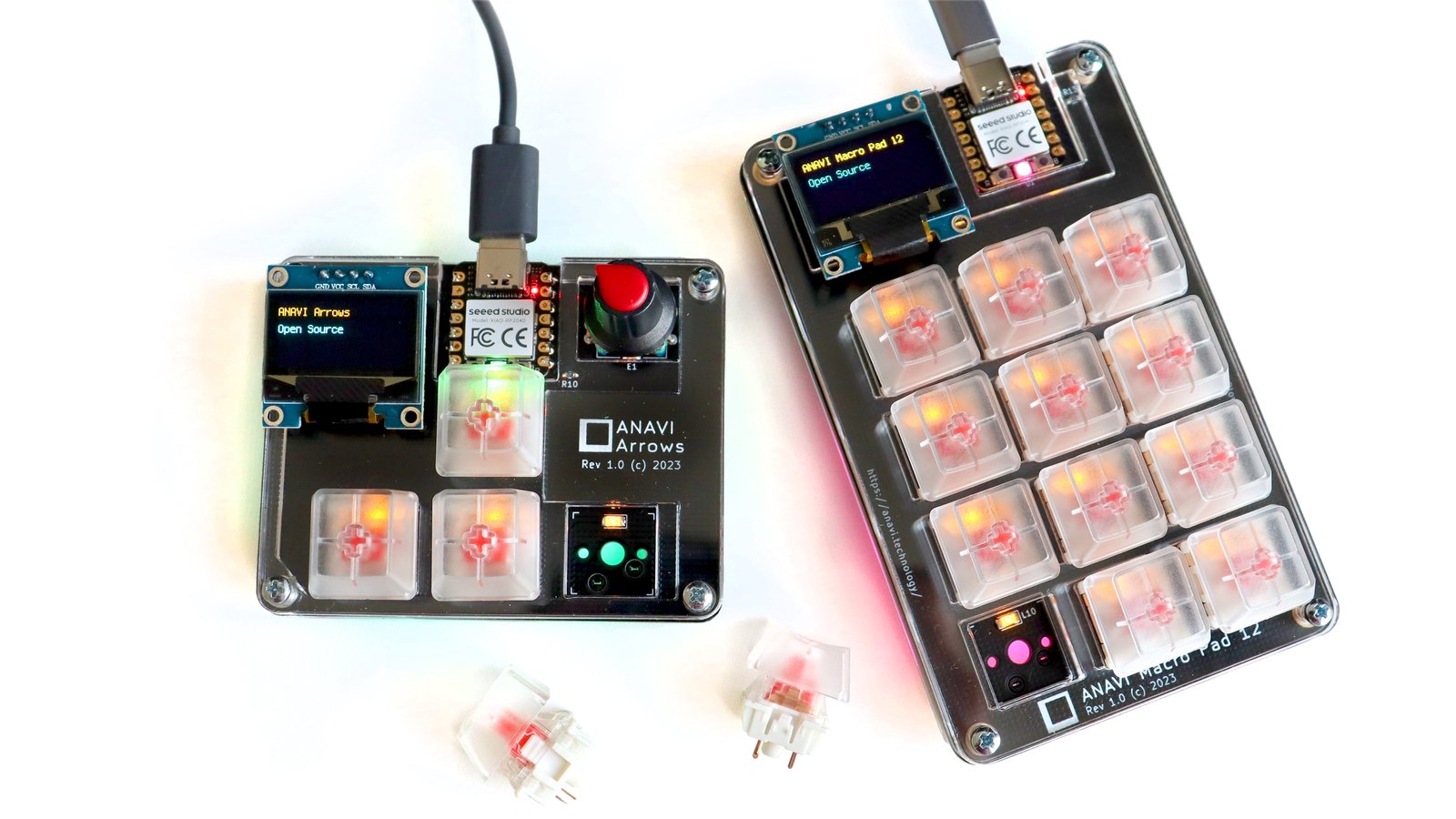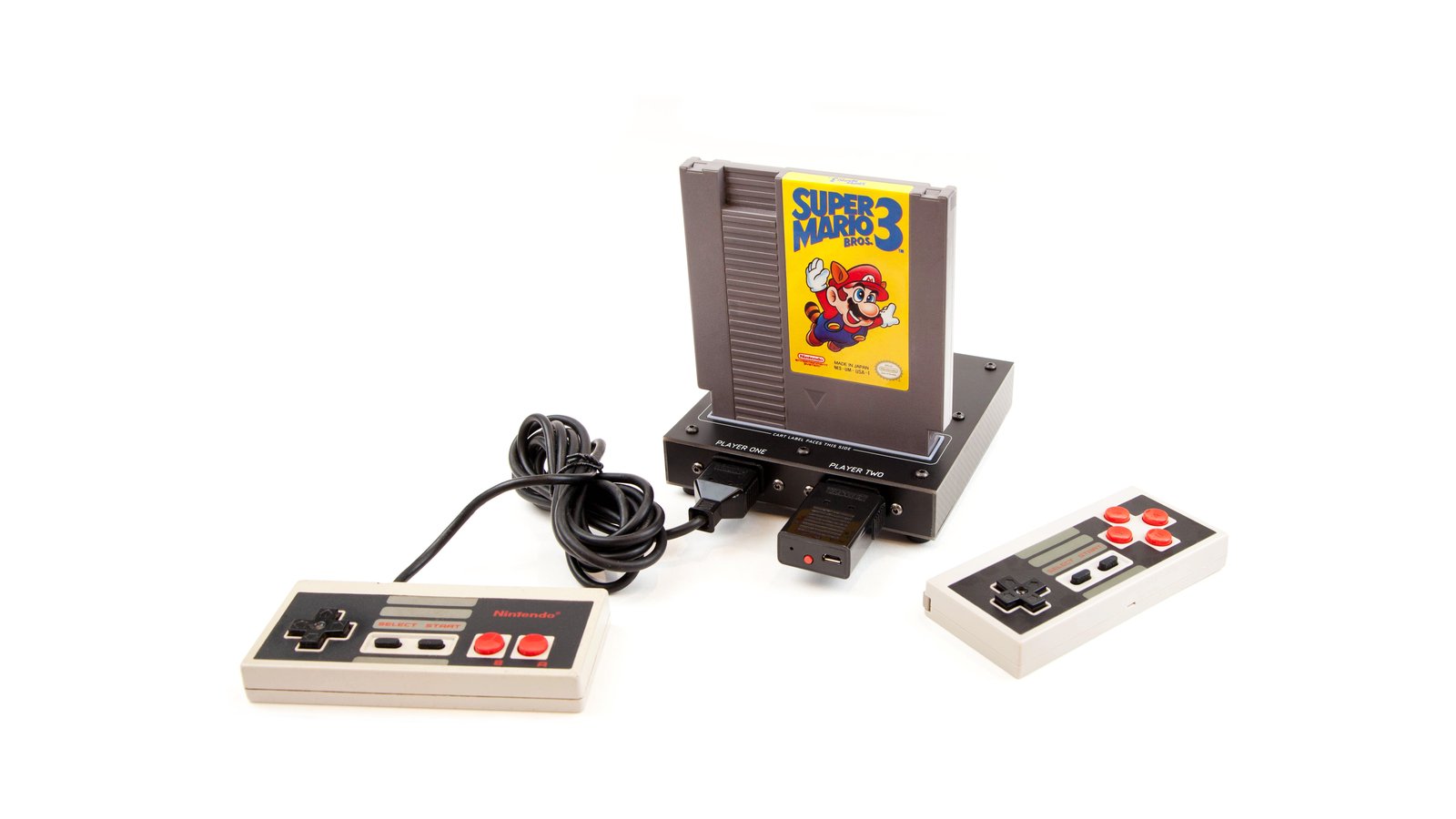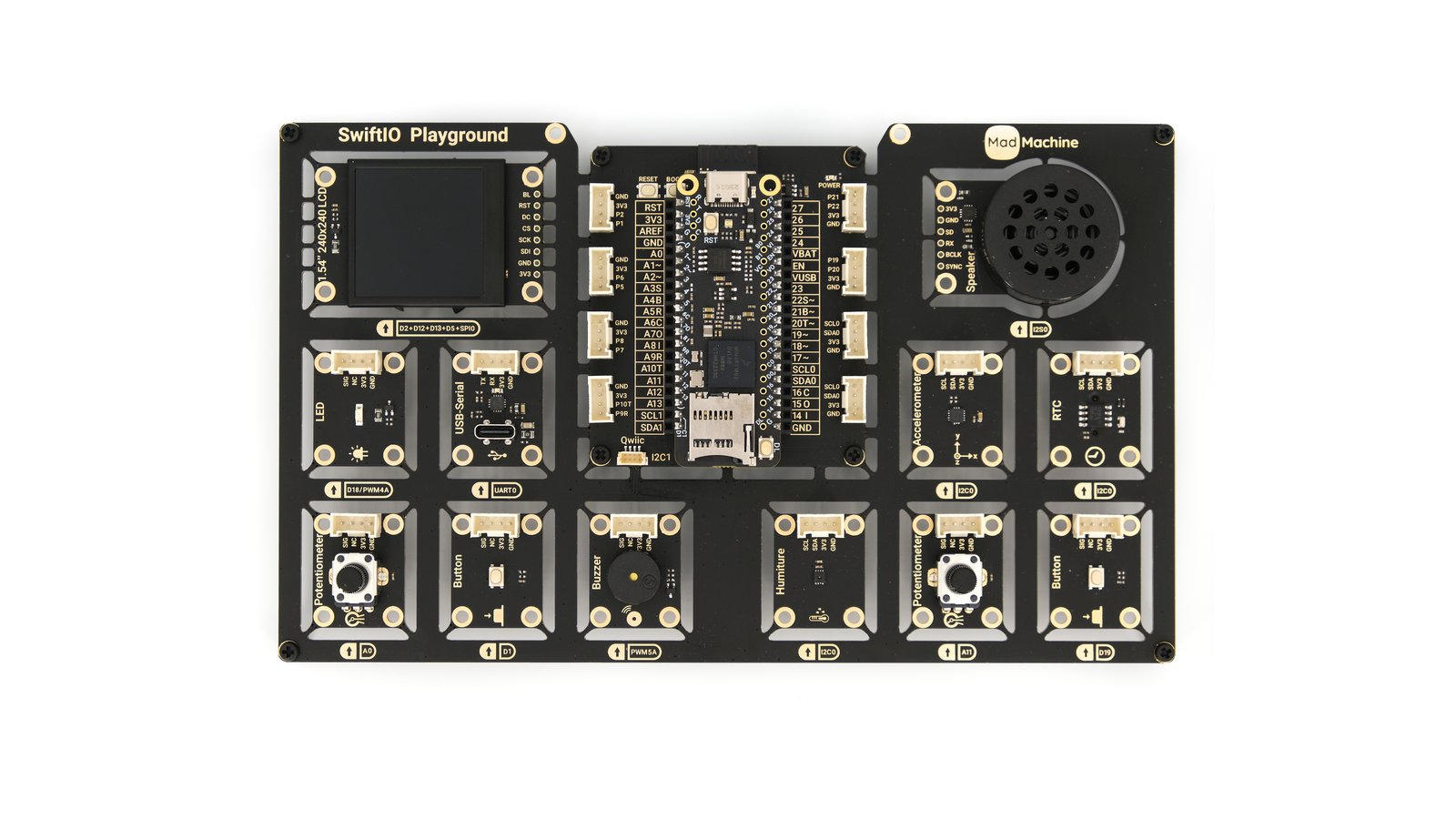Rednexing
Power Management
Environmental Sensing
Rednexing
Power Management
Environmental Sensing
PowerTortoise IoT is a development board that can run up to 8 years† on AA batteries, making it ideal for places without power, like attics, crawlspaces, or any other location where wireless signals can reach, but where the power conduit falls short.
Preloaded with the ESPHome firmware, setup and integration into your Home Assistant ecosystem is fast and straightforward. Plus, no gateway is needed; connection is done directly with Wi-Fi, and ESP32 code can be uploaded over the network, giving you up-to-date compatibility with a wide array of accessories and features. Just about anything can be connected to the board’s header pins, female header (which fit most I2C boards), or with the built-in screw terminal.
†The actual run time depends on the batteries and sleep duration. Using MQTT, one reading/hour can yield an 8-year lifespan.
When I came up with the idea for PowerTortoise IoT, I wanted an IoT sensor that could detect moisture in spots with a risk of mold growth, like an attic, crawlspace, or storage area, places that usually don’t have any power outlets. I also wanted to use standard batteries that can be bought in any store—not special cells that cost a small fortune. I also wanted to hook up any kind of sensor or peripheral. However, I struggled to find a device that fit all of these needs.
PowerTortoise IoT is a small, long-lasting board with a high-quality AHT10 sensor that is simple to install anywhere. Its wire-free battery connection and sturdy battery holder act as a base, allowing it to be placed on a surface without a mount or case. Finally, support for sleep disconnect helps PowerTortoise IoT sip power even with peripherals plugged in.
When powered by lithium AA batteries and making hourly measurements over Wi-Fi with MQTT, we estimate that PowerTortoise IoT will last up to 8 years. The device can last up to 3 years when powered by inexpensive alkaline batteries. Either way, you can set up PowerTortoise IoT and depend upon it for years to come.
Other than measuring temperature and humidity in inconvenient places, any kind of sensor or peripheral can be connected to PowerTortoise IoT through its headers.
Add a CT clamp to measure current use:
Connect many kinds of external sensors:
Wake the board with specific triggers, whether environmental or connected to a door or window:
Most I2C breakout boards will fit directly into the onboard header:
With most GPIO pins available, PowerTortoise IoT can also be used as an ESP32 development board for prototyping. As previously mentioned, connected sensors and devices can be turned off during sleep to prolong the board’s batteries.
You can find our source files and firmware in our Github repo. We’re making the following information available for you to browse and modify as you see fit:
You can sign up at the top of this page to be notified when the campaign launches and to receive other updates. We only send out relevant information, and you can unsubscribe at any time.

From idea, concept, prototyping to final products—we make electronics with a focus on IoT and power management.

Two fully programmable, open source, no-solder, hot-swappable mechanical keyboards powered by Raspberry Pi & CircuitPython

Classic NES games on open source hardware that fits in the palm of your hand

The ultimate playground for hardware programming in Swift